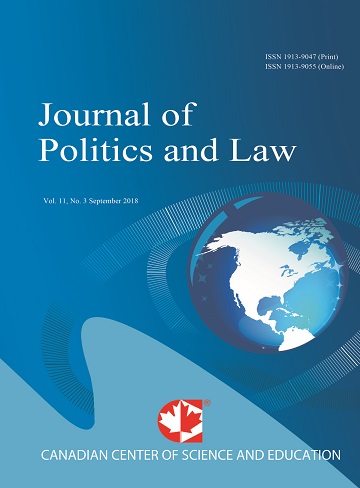Study of Factors Affecting Saudi-Iranian Relations and Conflicts and Their Resulting Behavior Pattern
- Mahdi Alikhani
- Mehdi Zakerian
Abstract
Relations between Tehran and Riyadh as two key players and two regional powers are of great importance. Special place of the two countries has caused relations between them to be very important in the formation of regional order in the Persian Gulf, the Middle East and Mediterranean area. Different behavior patterns in their relationship have taken place from the beginning of the relationship till now. After domestic, regional and international developments in 1999, Tehran and Riyadh went from divergence to the détente, coexistence and cooperation during the presidency of Hashemi Rafsanjani and Mohammad Khatami. However, since 2005 these two great neighboring countries again entered the competition, tensions and divergences. In this descriptive study, by using library method and reviewing online available resources conducted on Saudi-Iranian relations, our purpose is to investigate what were the effective factors in shaping the relations and conflicts between Iran and Saudi Arabia before the time Saudi Arabia cut diplomatic relations with Iran over the storming of the Saudi embassy in Tehran, and what behavior pattern these factors led to? According to results we found out that identical, geopolitical, and structural factors were the determinant factors in creating relations and conflicts between the two countries. Identity of Iran's political system is referred to Iranian-Islamic identity, while Saudi Arabia has Arabic-Islamic identity. Their geopolitical distinctions are related to Shiite and Sunni disciplines, and in terms of structure, rapprochement with U.S. and distribution of power in the Persian Gulf region are the most important indicators. These factors formed a “competitive conflict” behavior pattern among them.- Full Text:
 PDF
PDF
- DOI:10.5539/jpl.v9n7p178
Journal Metrics
h-index (2017): 14
i10-index (2017): 39
h5-index (2017): 9
h5-median (2017): 11
Index
- Academic Journals Database
- ACNP
- ANVUR (Italian National Agency for the Evaluation of Universities and Research Institutes)
- Berkeley Library
- CNKI Scholar
- COPAC
- CrossRef
- DTU Library
- EBSCOhost
- Elektronische Zeitschriftenbibliothek (EZB)
- EuroPub Database
- Excellence in Research for Australia (ERA)
- Genamics JournalSeek
- GETIT@YALE (Yale University Library)
- Ghent University Library
- Google Scholar
- Harvard Library
- HeinOnline
- INDEX ISLAMICUS
- Infotrieve
- Jisc Library Hub Discover
- JournalGuide
- JournalTOCs
- LOCKSS
- MIAR
- Mir@bel
- NewJour
- Norwegian Centre for Research Data (NSD)
- Open J-Gate
- PKP Open Archives Harvester
- Publons
- Pubmed journal list
- RePEc
- ROAD
- Scilit
- SHERPA/RoMEO
- Standard Periodical Directory
- Stanford Libraries
- UCR Library
- Ulrich's
- UniCat
- Universe Digital Library
- UoS Library
- WorldCat
- Zeitschriften Daten Bank (ZDB)
Contact
- William TaiEditorial Assistant
- jpl@ccsenet.org
